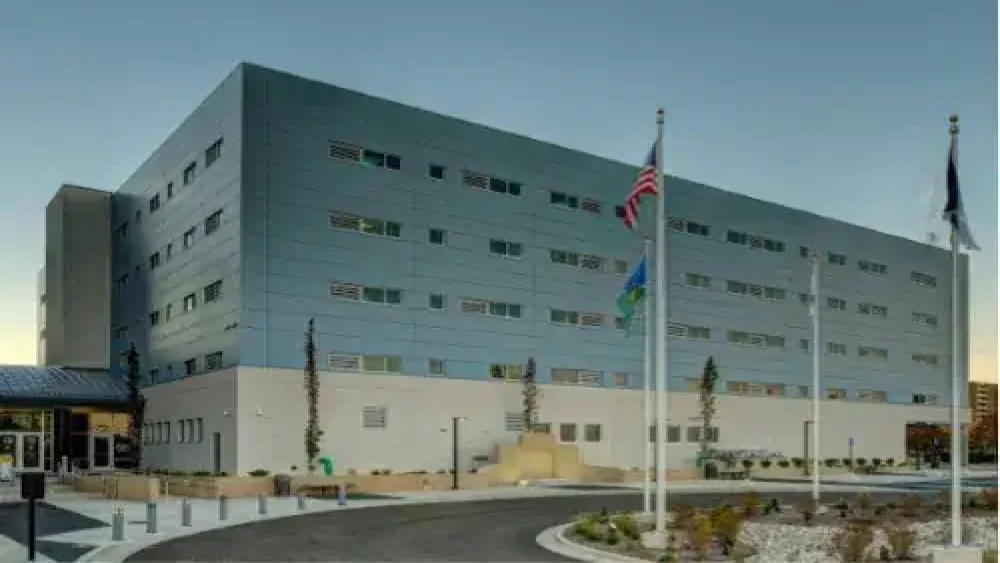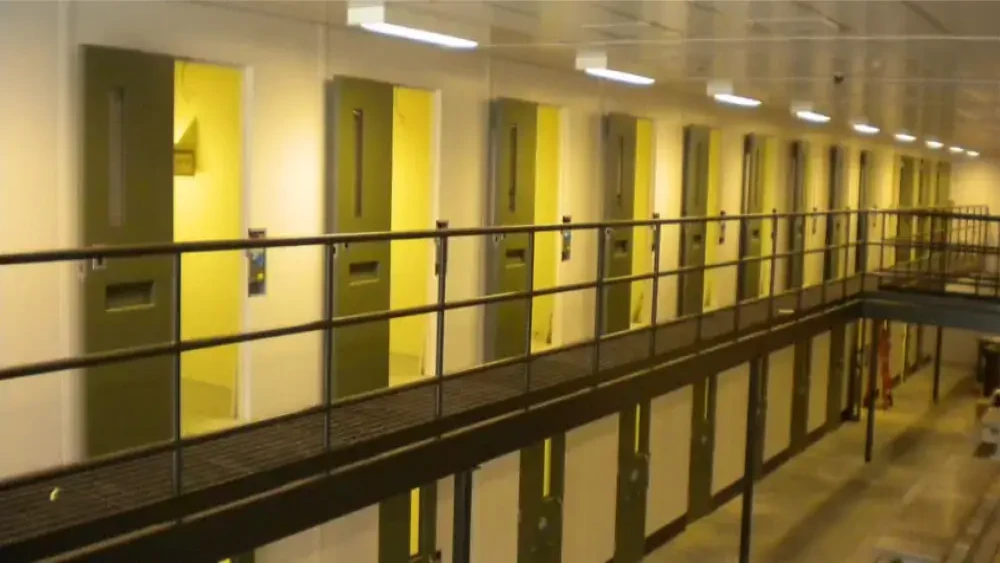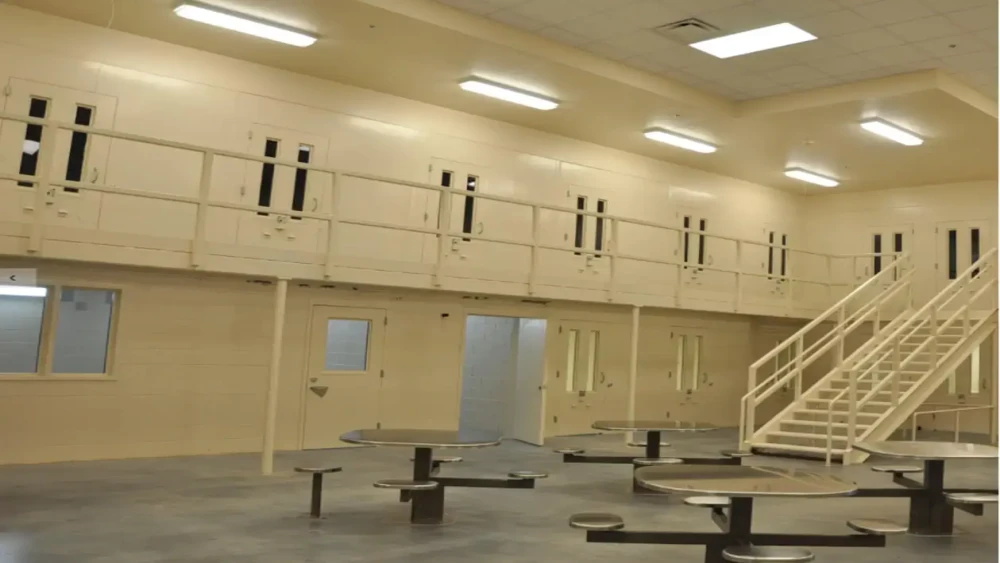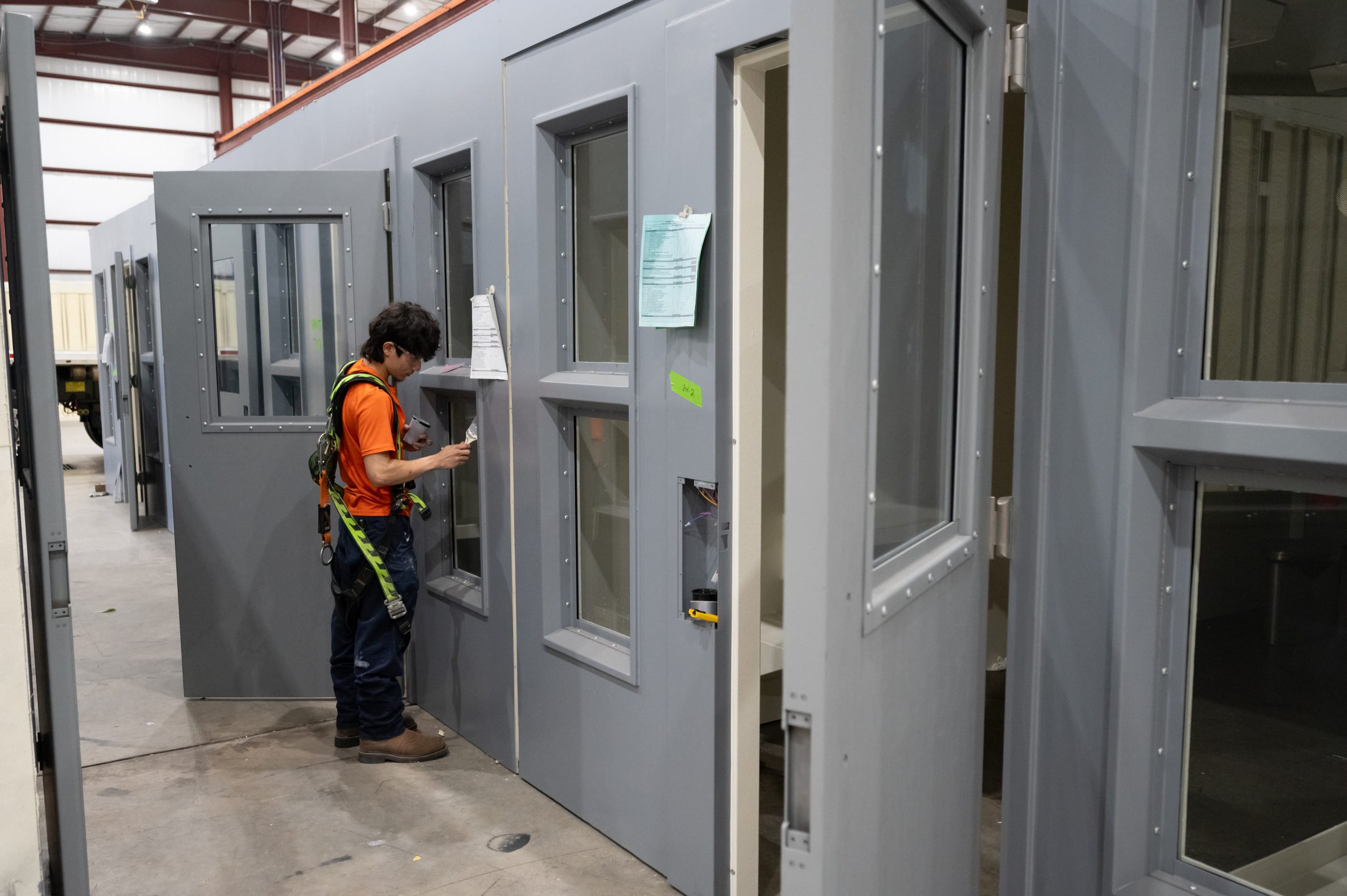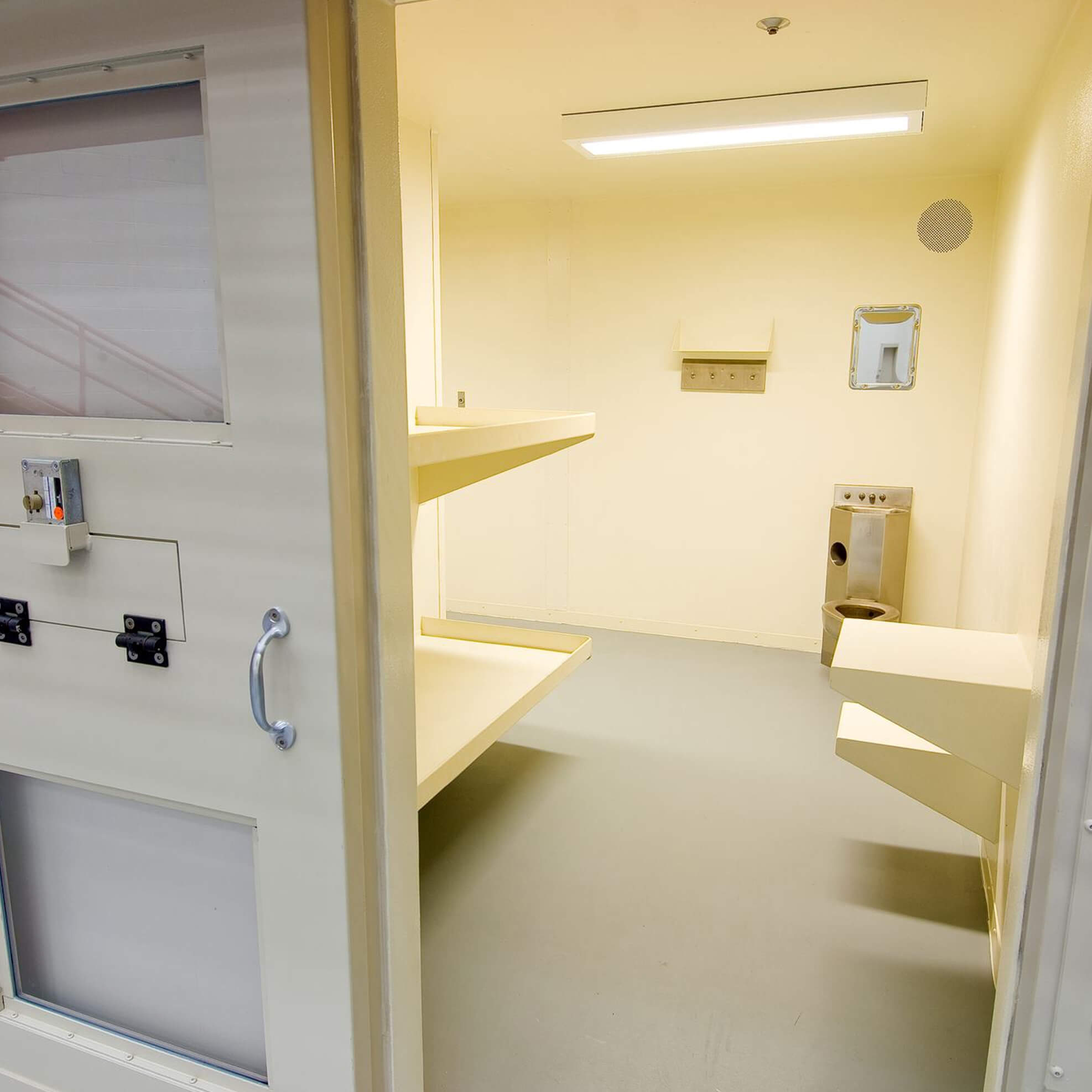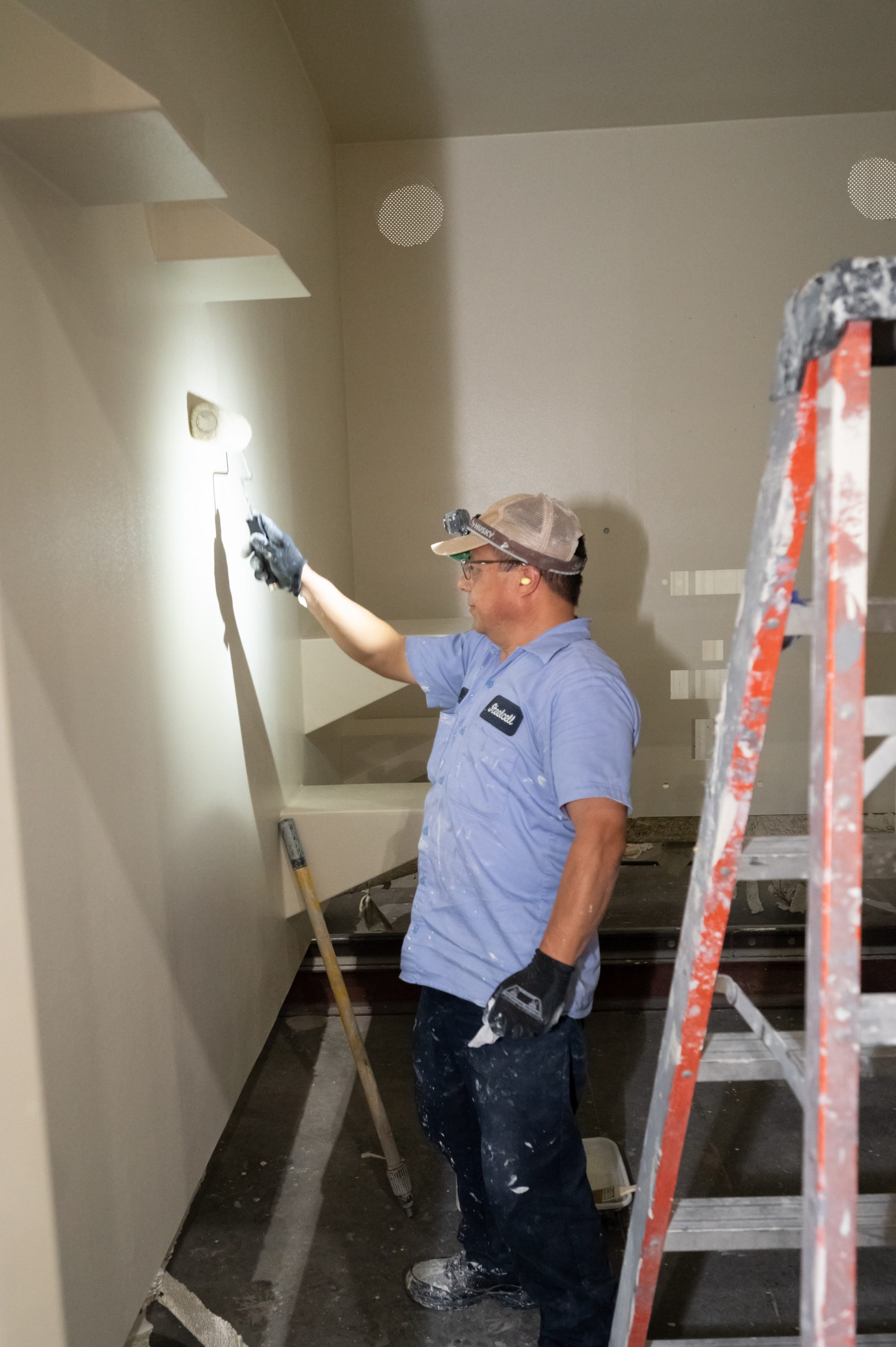The 5 vital Steps of Correctional Facilities Construction
This post has been repurposed from its original source on Corrections1.
Correctional facilities have to be tough, durable and secure. This doesn’t happen by accident.
According to the Congressional Budget Office, the U.S. population will grow from 342 million people in 2024 to 383 million people in 2054. As the population grows, so does the need for correctional facilities – especially new facilities that incorporate the latest advances in security and humane living conditions.
As a manufacturer of prefabricated steel modular detention units, SteelCell knows what it takes to build modern correctional facilities that are secure and livable. Doug Bruhns, SteelCell’s vice president of business development, has compartmentalized their expertise into five vital steps of correctional facilities construction that apply to jurisdictions big and small, urban or rural.
STEP #1: TALK TO STAKEHOLDERS FIRST
A ‘stakeholder’ is someone who is affected by the outcome of a project. In the case of a correctional facility being built, the stakeholders include local corrections administrators and staff, law enforcement agencies and other public safety bodies, government and the community in which the facility is being built.
When the time comes to build a new correctional facility, it is crucial to consult all these stakeholders and achieve a consensus before shovels go into the ground. By doing so, future conflicts and shortfalls can be avoided once the facility has been built and has entered service.
After all, “a majority of new correctional facilities are going to be constructed for counties, who are only going to build a jail like this once,” said Bruhns. “That’s why you want to make sure you do it right for all the stakeholders today and in the future.”
STEP #2: GET THE DESIGN RIGHT
Given the financial cost and social impact of building a new correctional facility, designing it right is extremely important. After all, everything flows from the design. If the facility hasn’t been built to take account of security, durability and livability over many decades, its deficiencies will hinder its safe, economical operations – or cut them short altogether.
“Every prison is unique in its population and its needs,” Bruhns said. “Fortunately, there are consultants out there that will help you design your prison properly to meet your specific requirements. They help you through the entire design process, including selecting the best architects and developing schematic drawings that will guide the construction process.
“Consultants can also aid you in picking a site location, and weighing the constraints of that site, including road and transportation access,” he added. “As well, they can determine how close the courts building and other support services the jail population will need are, because distance has a very real impact on a facility’s day-to-day operations.”
STEP #3: ASSEMBLE YOUR TEAM
Consultants and architects are just part of the team that builds a new correctional facility, which can cost millions of dollars and take years to complete. This is why selecting the right people for the team – including construction manager(s) and their firm(s) – matters so much. They should be chosen through a rigorous process of interviews, submitted documentation and referrals/performance of previous projects.
Remember: Public money spent on such projects can attract media attention and political heat. This is why selecting the right team and documenting all expenses properly is an absolute must.
“Both the architect and the construction manager should be experienced in jail construction,” Bruhns advised. “Even construction managers that have experience with their own county might not understand the dynamics around building a jail. You don’t want to discover their lack of knowledge years later once the facility has been built and problems are being experienced.”
STEP #4: CHECK THE TECH
Today’s correctional facilities are technology driven, from the sophisticated security systems that watch the building(s), grounds and now the skies for threats ranging from theft and violence to prison breaks and drug-toting drones. This is where adding reputable security controls and detention equipment contractors to your team makes good sense.
“For example, a detention equipment contractor helps you select all the special security equipment you need, including steel cells; all your doors, frames and automated locks; and any other specialty products manufactured by the detention industry,” said Bruhns. “The detention equipment contractor would be responsible for supplying and installing those and coordinating those products.”
Worth knowing: In addition to prefabricated detention cells, SteelCell’s Midwest Portland subsidiary makes electromechanical and mechanical locking systems for correctional facilities and other secured installations. As well, “we work very closely with detention equipment contractors across the country to help them supply solutions to the correctional construction industry with respect to the furniture, fixtures and cell sizes the owners and architects are specifying for the project,” Bruhns said. “Our shared goal is to come up with economical solutions for each and every project.”
#5 SELECT THE RIGHT TECH
The final step lies in selecting the right tech for the project, by checking it out in person at facilities where it has already been installed and talking to the people who are currently using it to obtain their honest assessments.
“It’s very important to kick the tires to understand what manufacturers are out there, what new technologies are available, and to make sure you understand the capacities and the technologies you can choose from,” said Bruhns. “Then, depending on budget constraints, the owner’s going to have to make decisions on what products will serve their needs best at prices they can afford over the long haul. This is the critical factor to consider – not just what a piece of equipment costs them upfront, but what it can save them in terms of operations and in maintenance, which are the big costs of running these facilities.”
THE BOTTOM LINE
There are two final points associated with new facility construction that Bruhns wants all correctional managers to know. “The first point is that these projects are not to be taken lightly, which is why you must educate yourself and really understand what your options are before proceeding,” he said. “The second point is that there are companies out there that really do want to help you bring the best facility to your stakeholders, and SteelCell is one of them.”
James Careless is an award-winning freelance writer who covers the public safety sector. His articles have been published in fire, EMS and law enforcement publications across North America.
